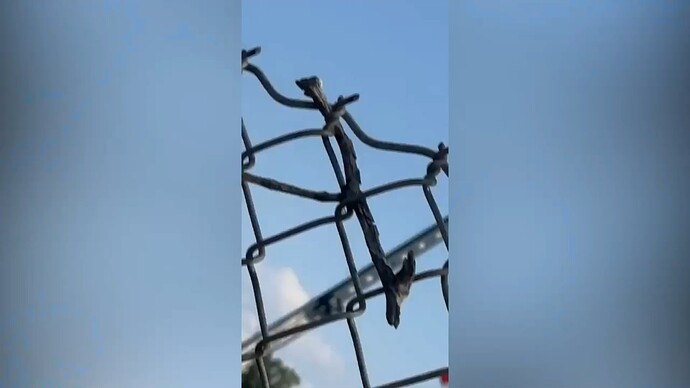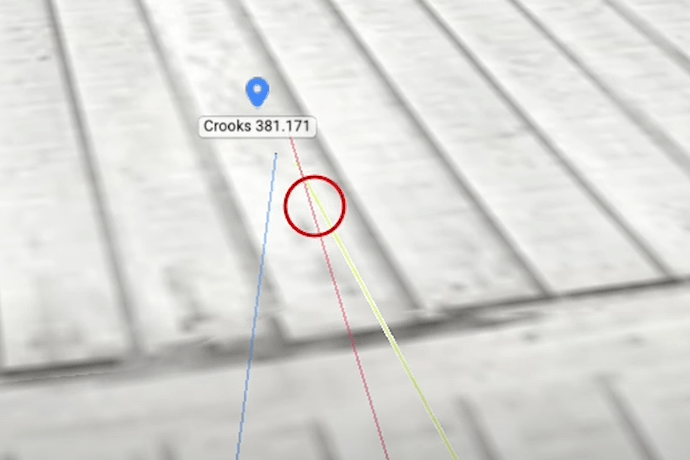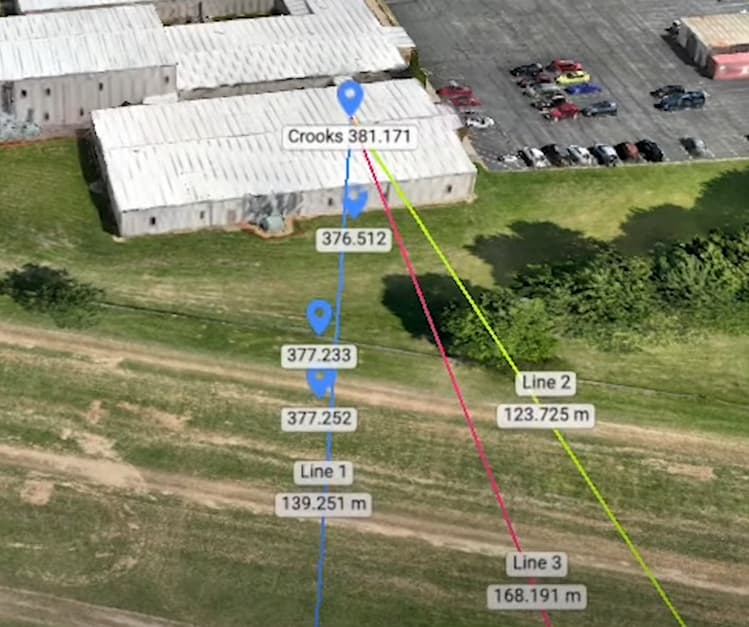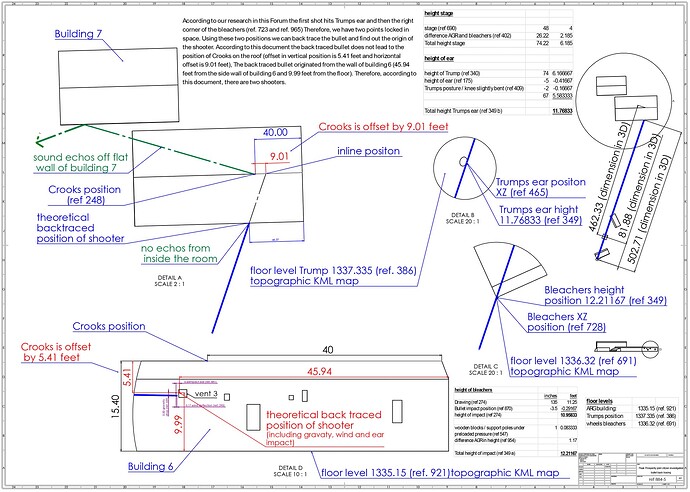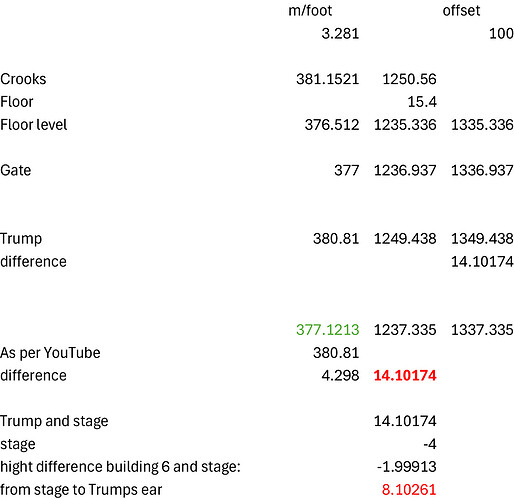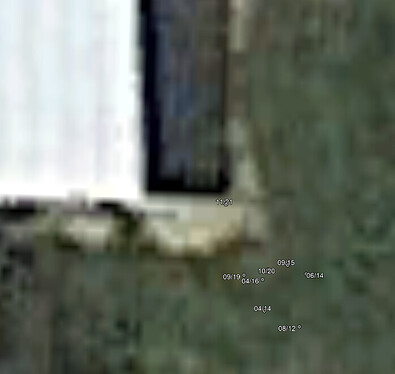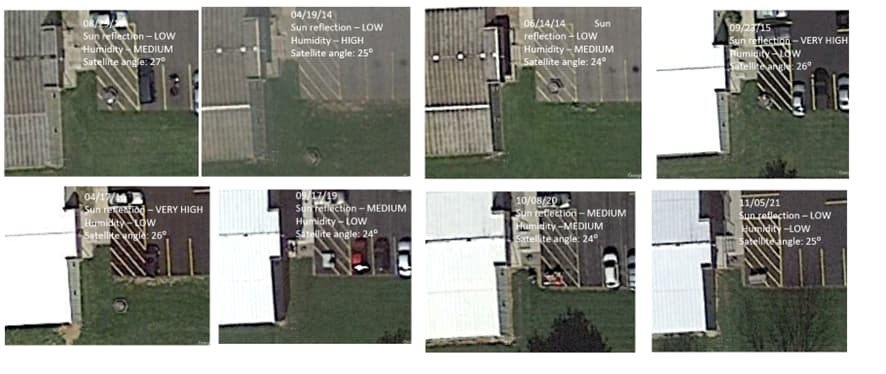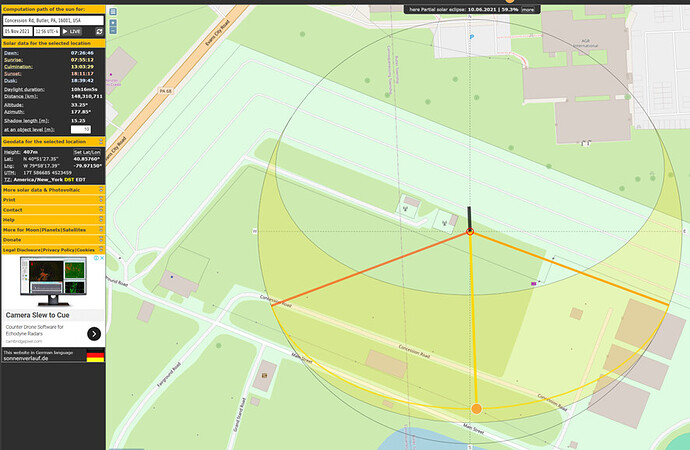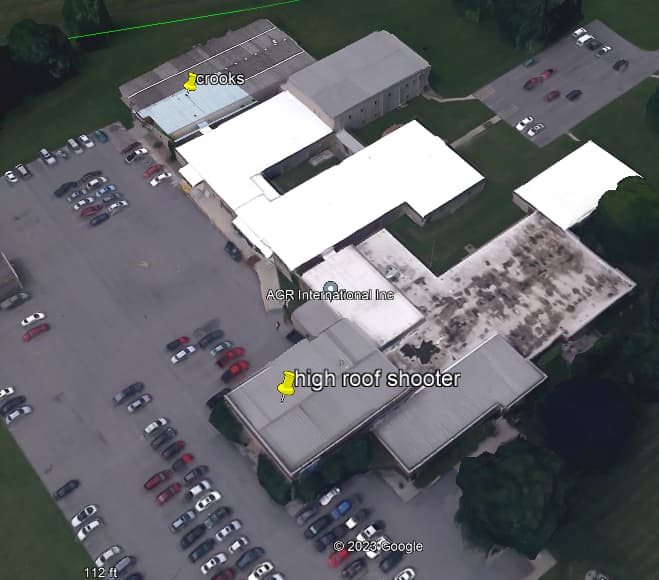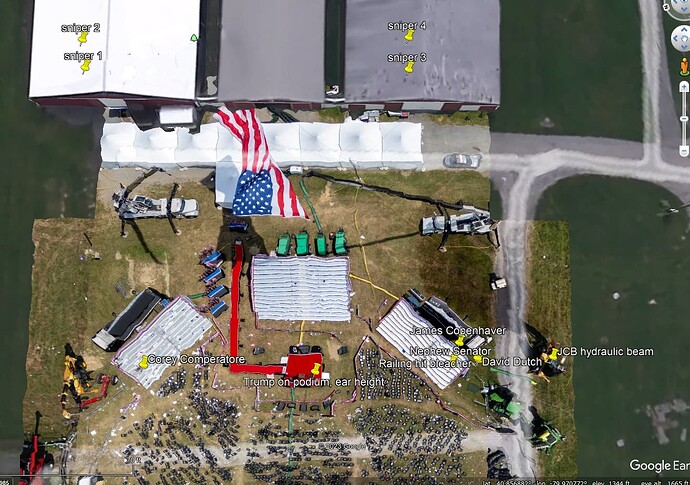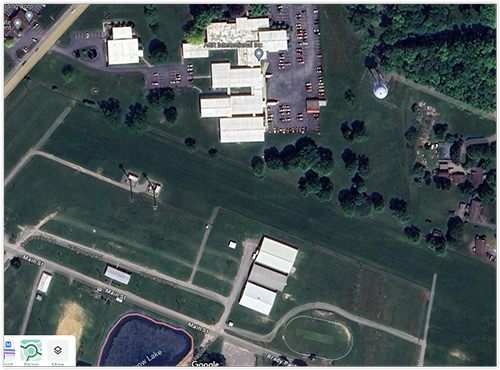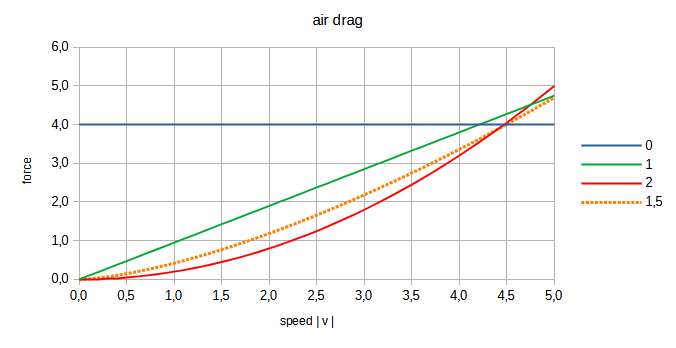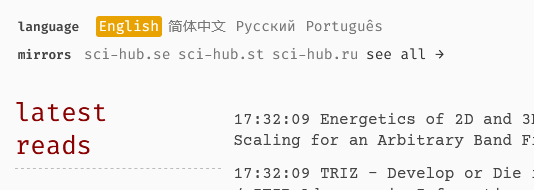Hi elmanchur,
Welcome to the club.
I assume you are referring to this video:

of which I watched with great interest. Please have a look at our drawing below, which is a joint back tracing bullet investigation project here at Peak Prosperity. The fact that the first shot touches Trumps ear and then hits the bleachers corner was a very fortunate event, locking two points in space. With these two points we can back trace the bullet to the original place of the shooter. There are two hypotheses heavily discussed all over the world, one being the official version, that Crooks shot all 8 shots. The second hypothesis is that the first 3 shots came from another place and Crooks shoots 4 – 8. With this project we are back tracing the bullet as described above and if the origine of the shooter leads back to Crooks position, our study would favorize hypothesis 1 (Crooks shoots all 8 shots). However, if the back traced bullet does not lead back to Crooks then hypothesis 2 would be favorized and it would give a hint from where the 2nd shooter was positioned.
I think this YouTube video is a direct reaction to our study to debunk it. This is why it is interesting to analyse this video. I was surprised however how much data we have in common. This is always nice to see, when you calculate something, and somebody finds the same result through a different way. It gives you confidence that our calculations are correct.
First, I would like to point out that they put the height of Crooks riffle at the position of the body. This is not correct, it shod be pointing on the roof gables:
OK, we can live with this small inaccuracy.
The drone is indicating levels in meters, which is OK, but somehow there is a 100-foot offset. Maybe somebody can explain this offset, but because it is exactly 100 feet, I trust that data from the drone. So, Crooks is at 381.171 and the floor level is at 376.512. This gives us three things we agree: Crooks position on the roof, the height of the building which was calculated in this forum (credit to the guy who drew this drawing) which is 15.5 feet and very important the 376.512 which would indicate with the 100-foot offset to be at approx. 1335. Many people get this wrong, so up to now everything looks legit 
We go on and look at the height of the fence (which we are heavily discussing right now and again we agree, it is 2 feet higher than the level of building 6, namely at 1336.937 feet.
Now comes the part where we fundamentally disagree. The 380.81 is not coming from the drone.
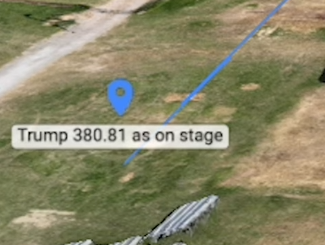
Why did they edit this number. They added their calculation of which we disagree. Assuming the drone gives out the same heights we have been finding, I calculated the number that should be the level of Trump stage, namely 377.1213m (or 1337.335 feet with the 100-foot offset). Gary does mention that the elevation of the terrain at the stage is slightly higher, which I would agree namely approx. 2 feet. So, assuming the drone gives the same elevation as we have, there are very few parameters to justify the height of trumps ear. They claim the absolute height of Trumps ear to be 14.1 feet compared to our calculation which is 11.76. If we deduct the 4-foot stage, it puts Trumps ear from of the stage at 8.1 feet which is impossible.
Let us play with the thought that our calculation is fundamentally wrong, and they got it right. This means the shot from crooks is almost perfectly horizontal. This would give us an impact on the bleachers at approx. 14 feet which again is totally wrong according to our calculation as well. The fact that Gary puts a rough calculation of the stage being 5 feet and Trump being 6.4, I would claim he is stacking tolerances, something he is accusing us of doing 
Another fact is that the bleachers corner is higher than Trumps ear, which gives us another 2 feet lower in hight. Gary is not even taking the bleachers corner into consideratoin.
I think I could explain why we find a 5.41 foot offset compared to Gary. I am also adding my Excel calculation that should be self explanatory
We would really need that floor level of the stage (of which we assume is at 377.1213 meters from Gary and then they have to show how they calculated the height of the stage and the height of Trumps ear.
